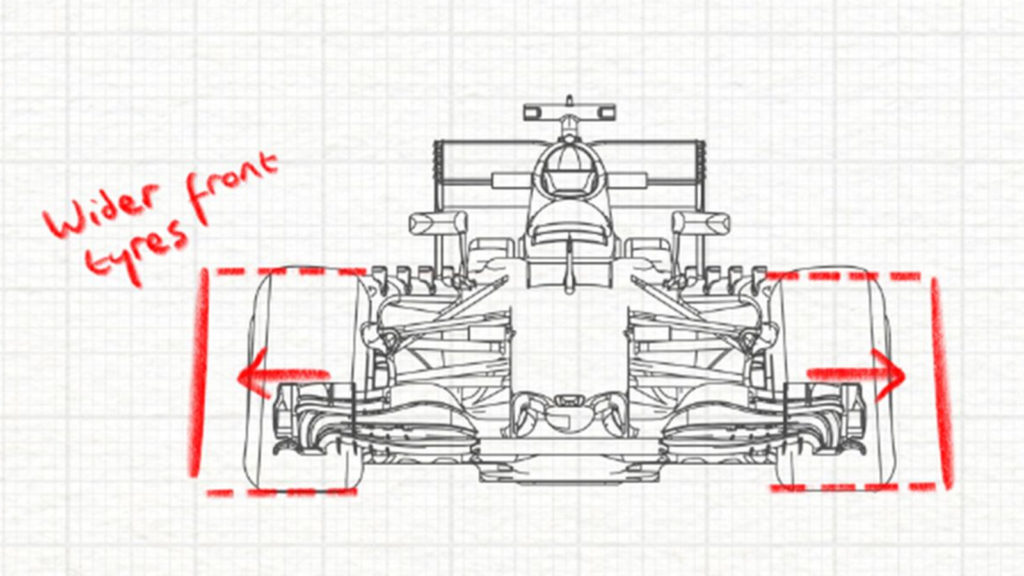2017’s Formula One cars will have so much downforce and grip that some corners will no longer be classified as corners, a McLaren representative said.
The 2017 season will see cars have wider wings, wider tyres, larger bargeboards and several other changes. The result is that lap times are set to be faster by three to five seconds.
No ad to show here.
Now, McLaren-Honda technical director Tim Goss has revealed one particularly interesting tidbit.
“The drivers say that these new cars will be more challenging to drive, and that they’ll have to work harder and concentrate more to get the best from them,” he was quoted as saying by the McLaren-Honda website.
“One knock-on from that is that we’ll no longer classify some corners as ‘corners’. What we mean by that is that engineers define a corner as a point on the track where the driver has to lift and essentially drive and handle the car through it; if he’s going round a bend, and (if) his foot is flat to the floor on the accelerator, we class that as a straight,” Goss continued.
“As the new cars will be going faster, some of 2016’s ‘corners’ will be classified as ‘straights’. But because they’ll be going through them faster, they’ll be subjected to more g-forces — and that’s still tiring on the body.”
The 2017 F1 season looks set for the biggest shakeup in years — at least from a regulatory and performance perspective
Goss says that the changes aren’t the biggest the sport has ever seen, but they’re definitely up there.
“Let’s be clear, we’re looking at some huge regulatory changes ahead of the 2017 season. We’ve had bigger changes in the past — the change between 1982 and ’83 from ground-effect to flat floors, for example, which had a massive impact on performance. But this season’s changes rank as some of the most significant we’ve ever had in the sport.”
The technical director explained that some aspects are still shrouded in mystery, such as exactly how tyres will behave on the new cars. After all, Pirelli has been testing the new tyres on older “mule” cars rather than full-fledged 2017 challengers.
“…the 2016 mule cars won’t behave in the same way as the 2017 cars — so what we’re trying to do is identify which areas of performance are attached to the tyre and which to the mule car. That’s a major challenge.”
Featured image: McLaren Honda
